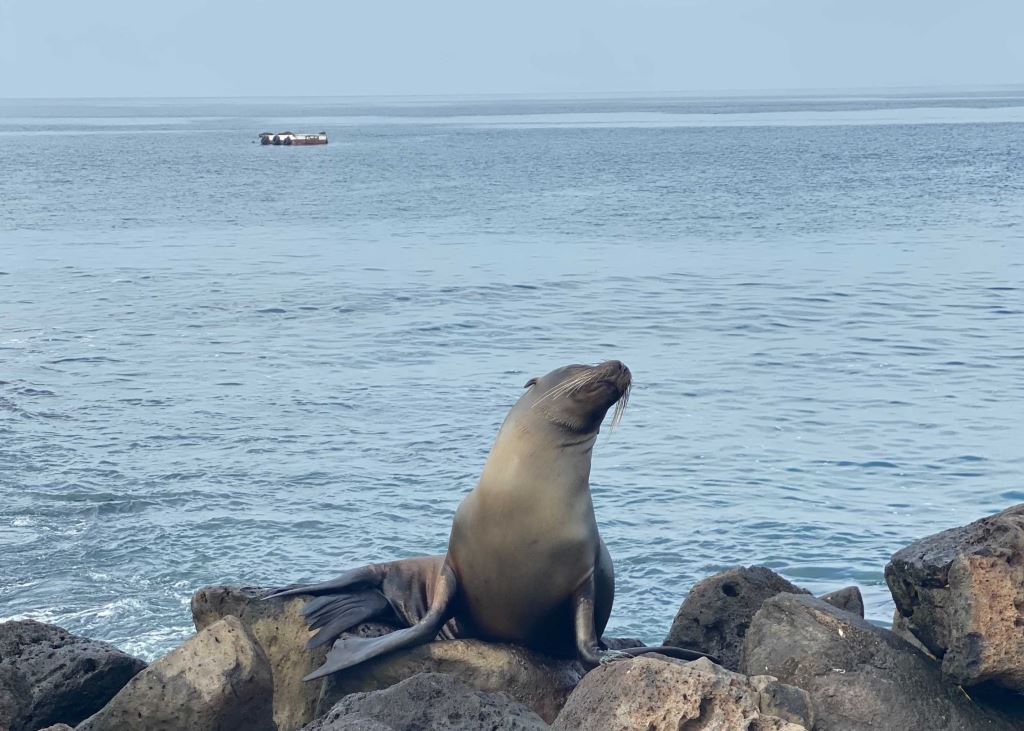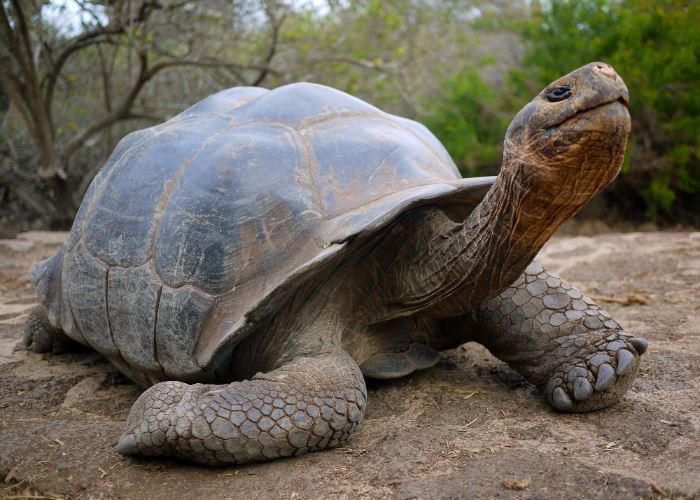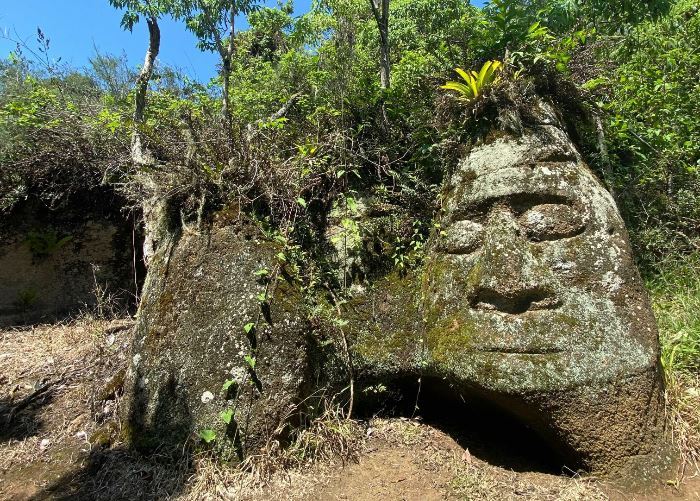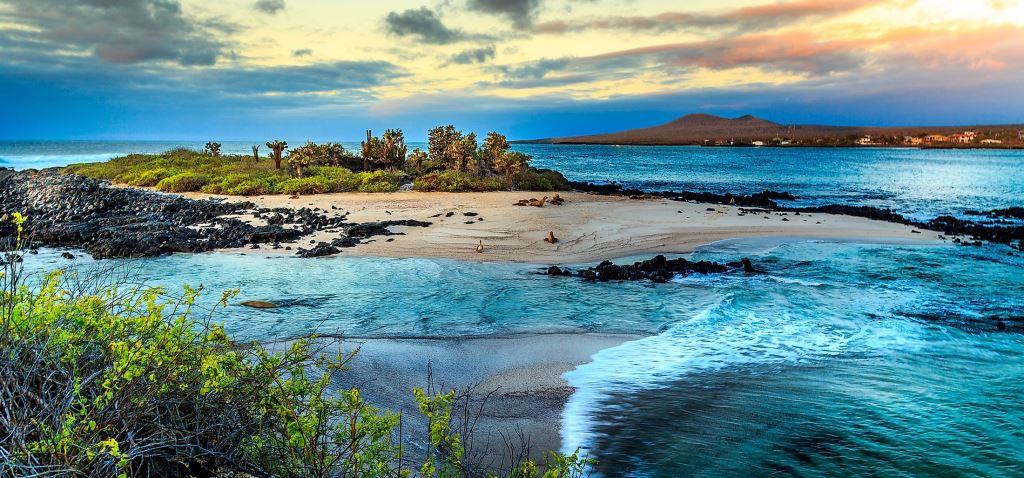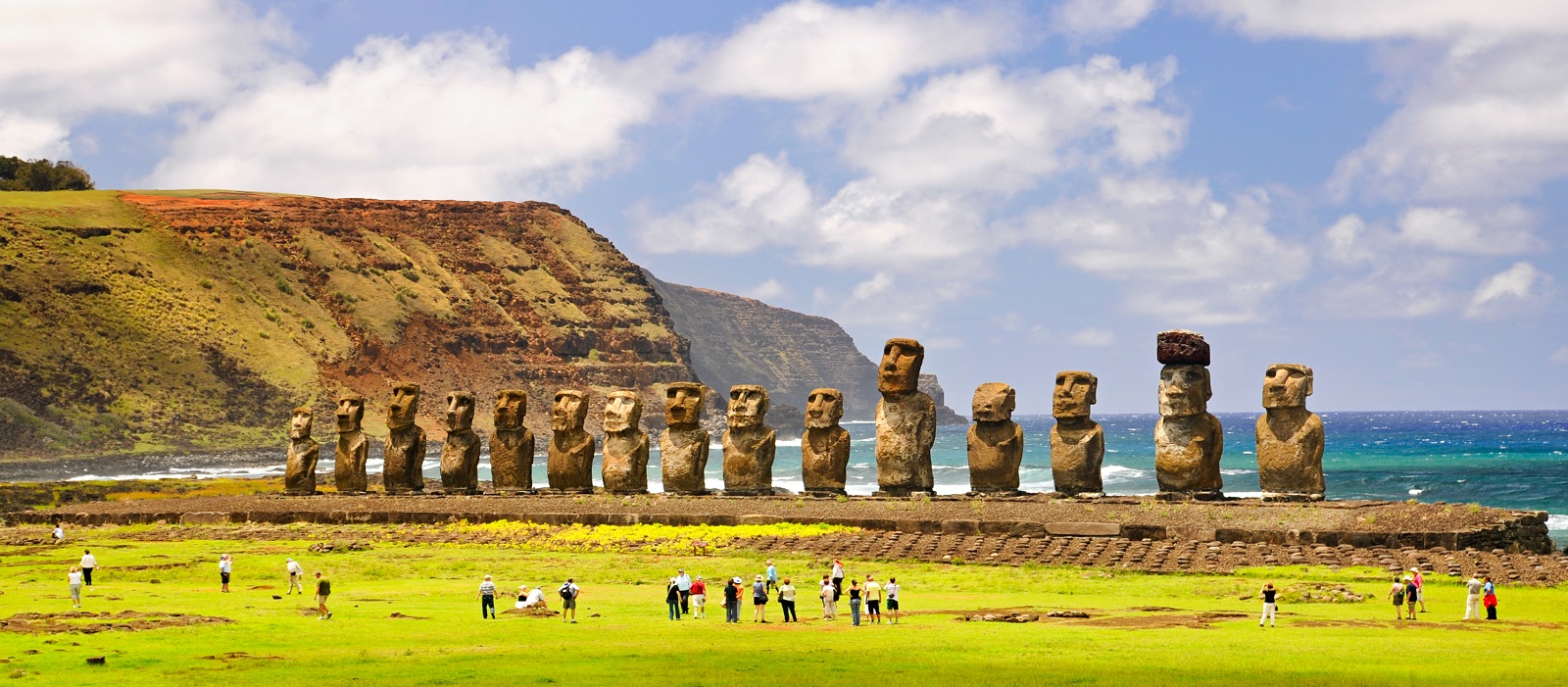History of Floreana Island: Home to black sand beaches, sparkling lagoons, and misty highland peaks, Floriana Island on the Galapagos is home to an extraordinary array of natural attractions. The sixth-largest island in the Galapagos Archipelago is a major attraction for wildlife watchers, with biological wonders on land and under the waves. In addition to its natural charm, Floriana has an intriguing – sometimes rather dark – history of human settlement, for which the island has gained no small notoriety.

History of Floreana Island
Flowing out to sea on the northern side of the island, Punta Cormorant is one of Floriana’s wildlife wonderlands. Galapagos penguins fish offshore or dive for fun on reefs, while red-billed tropicbirds nest on rocky cliffs above. In addition, lava gulls teeter on the jagged black rocks of Devil’s Crown (a submerged volcanic cone), while angelfish, marble rays, and reef sharks roam the surrounding waters. Nearby, sea lions settle on a beach, which is green in color due to the presence of the mineral olivine.

History of Floreana Island
From there, a trail leads to a powdery white sand beach on the other side of the isthmus, where tracks of green sea turtles can sometimes be seen on the shoreline. Even more spectacular is a mangrove-lined lagoon just inland that supports the largest population of flamingos, greater than anywhere in the Galapagos. Over 150 elegant long-legged birds can be seen there, rising above the many other water birds and the odd Galapagos Hawk.

History of Floreana Island
The only human settlement in Floriana is the small village of Puerto Velasco Ibarra. Its 100 or so human inhabitants often outnumber flamingos and sea lions. Its dusty streets and often deserted harbor cast an eerie calmness. Walking behind your sleepy homes night after night amidst the backdrop of dark ocean waves and a sky full of stars, you can feel as if you have reached the edge of the world.

History of Floreana Island
This remoteness was precisely the appeal for some of Floriana’s first residents. In the 1930s, three groups of German settlers arrived to establish their own version of Eden. They were cynical: among their ranks were a nudist dentist who had all their teeth removed (to avoid future dental problems), and a self-described “baroness” who came with his crew of three lovers; After setting up camp, she quickly proclaimed herself the “Queen of the Galapagos”. There were also Witmers: the teenage son of a WWI veteran, his wife, Margaret, and the vet and stepson of Margaret of Cologne.

History of Floreana Island
Despite their common nationality, there was much friction, and a series of mysterious events soon took hold of them all. The Baroness and one of her lovers disappeared; Another died in a boating accident. The dentist died of food poisoning. Some suspect foul play in his death. No one knows what happened, although much has been written about those events, most notably by Margaret Witmer Today, her descendants managing one of the island’s only hotels.

History of Floreana Island
These German settlers first lived in the caves of the lush green hill known as Asilo de la Paz. Here you’ll find a freshwater spring, Floriana’s only natural water source, as well as some massive wooden giant tortoises. It is also a good place to look for the endemic medium tree finch, which is only present in Floriana. For more fine views over the island, the 340-meter-high (1,115 ft) Cerro Allieri provides a wonderful vantage point that takes in both sides of Floriana. It is a place the early pioneers of the island enjoyed while contemplating the great beauty and solitude that lies in the heart of this remote corner of the world – despite the controversies and mysteries that surrounded their time.





